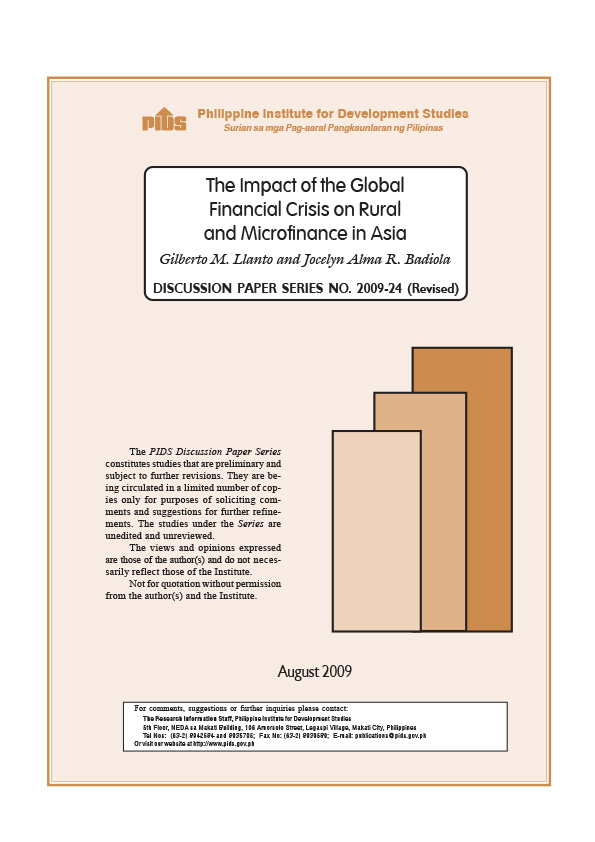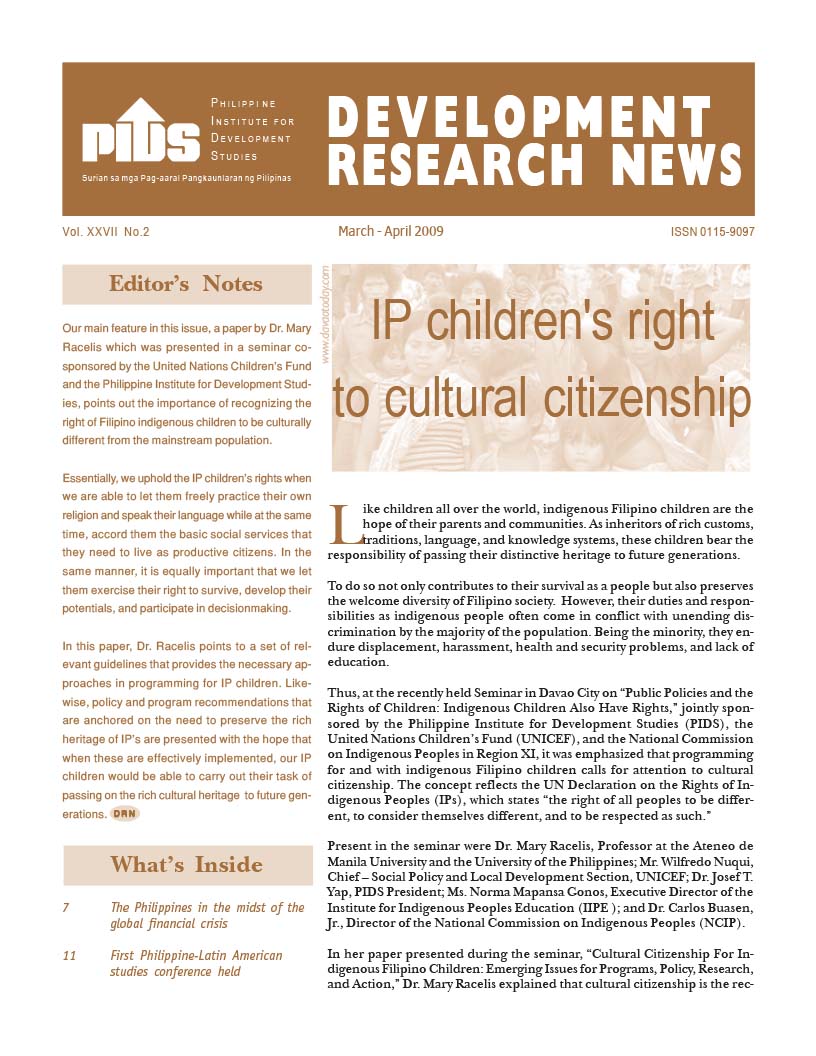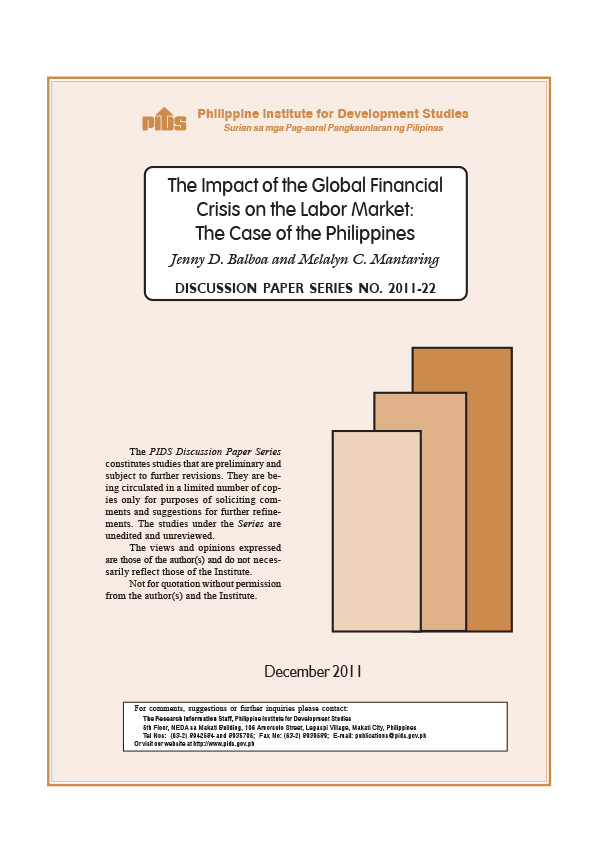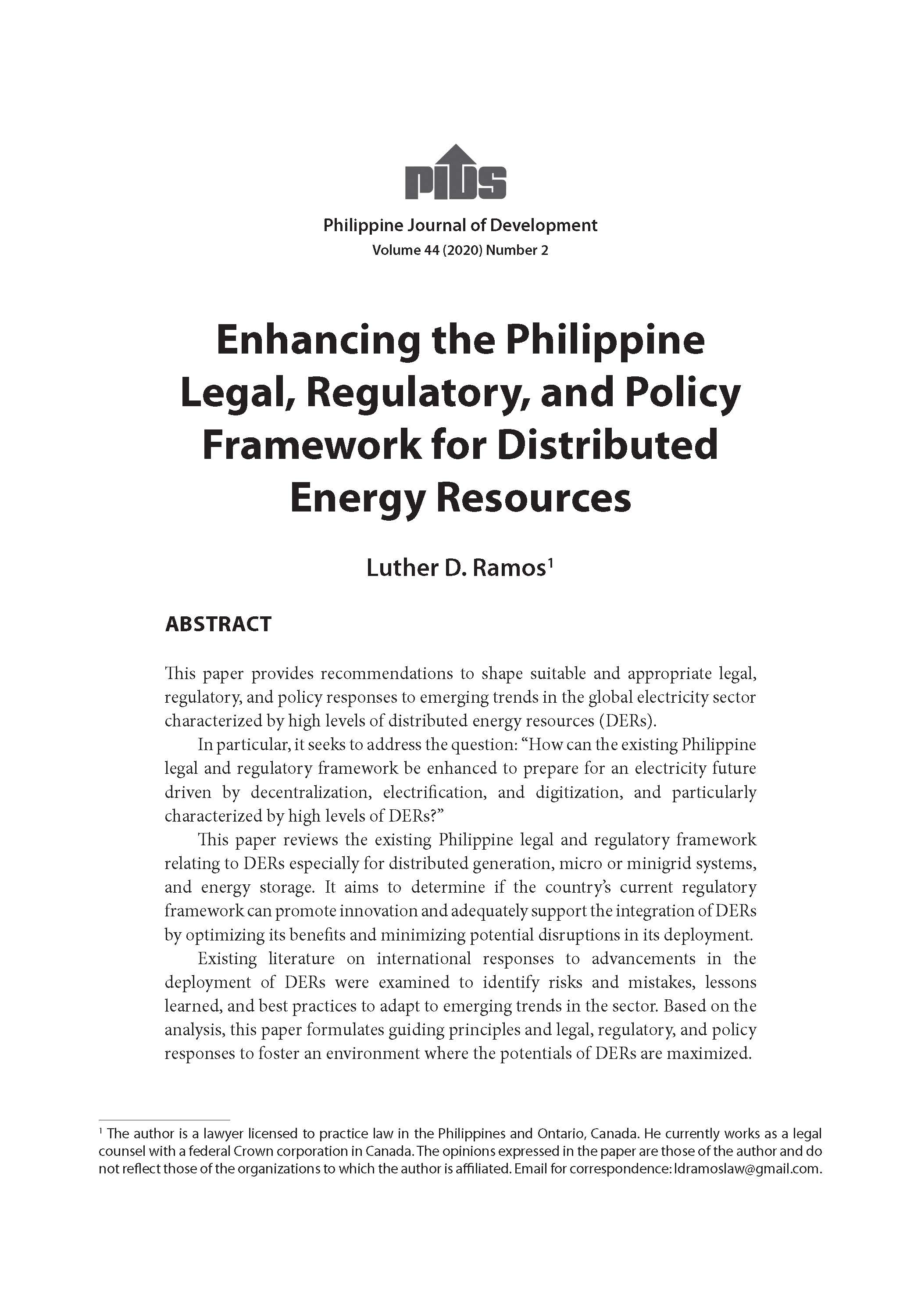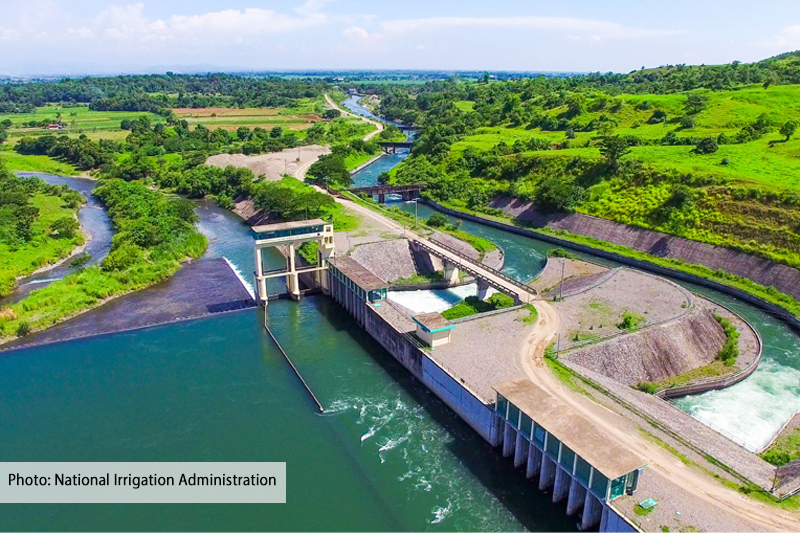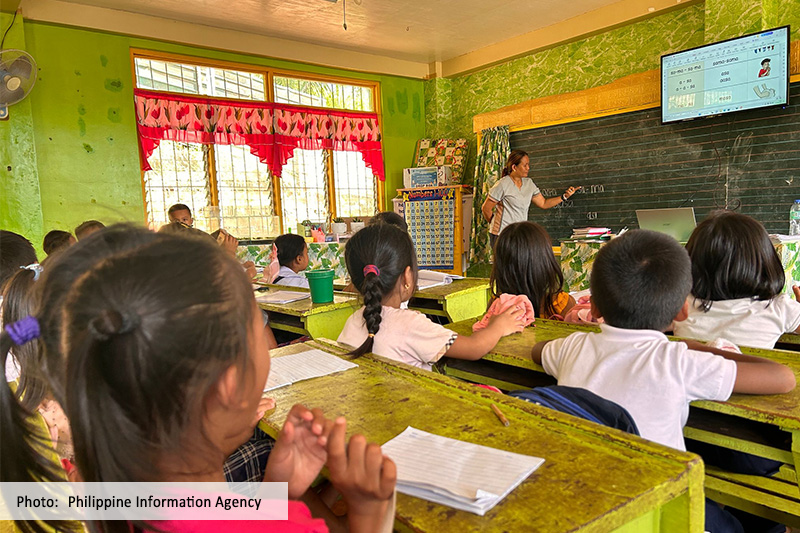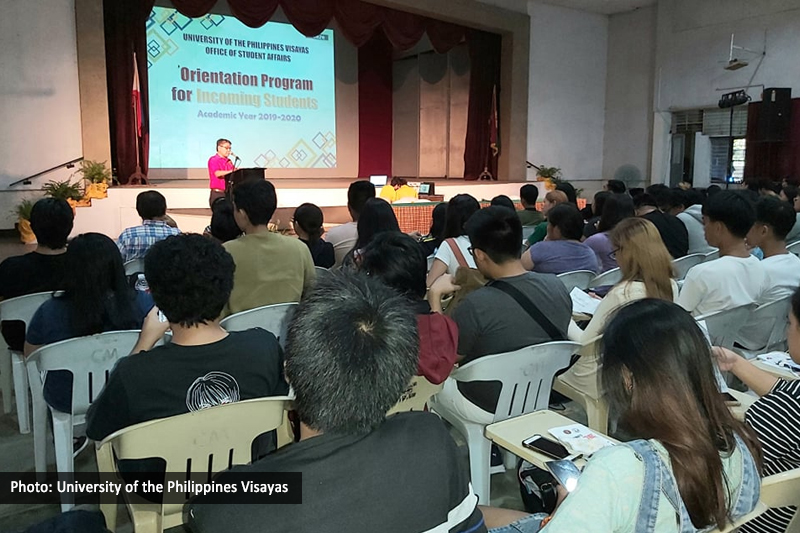Using data from a quick survey of various rural (RFIs) and microfinance institutions (MFIs) in East Asia, the paper tries to find out how those institutions and their clientele have been affected by the global financial crisis, how they have coped with the ongoing crisis, and what they plan to do in the future to ensure the stability of the rural financial system and the continuing access of clients to financial services. The microfinance sector in Asia continues to evolve with emphasis on efficiency and strong growth in outreach. The limited data from the quick survey validate the growth in loan portfolios and increase in the number of clients, with growth varying significantly by country depending on internal and external factors during the period before the global financial crisis. Impacts vary depending on external and internal factors faced by RFIs and MFIs. However, they continue to maintain a positive attitude and expect that business will pick up as a result of an increase in demand for loans to finance livelihood projects and various microenterprises. They are aware of the threats and opportunities brought about by the global financial crisis. The analysis leads to some lessons for policymakers, bank regulators, rural financial institutions, and microfinance institutions that are committed to provide inclusive financial services to member clients.

